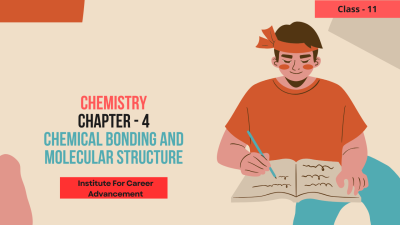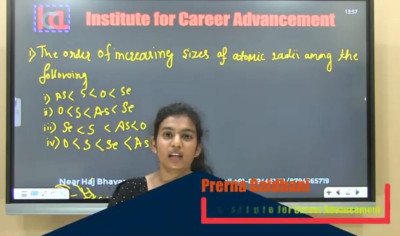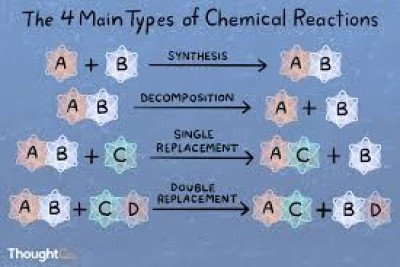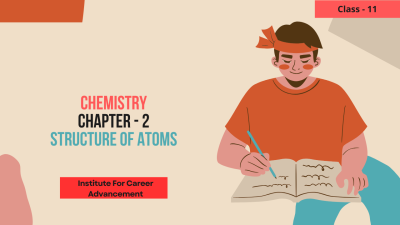Chemical Thermodynamics - Class 11
In Chemical Thermodynamics (Class 11), you'll dive into the world of energy flow and its connection to chemical reactions. Get ready to explore: Energy in Play: Understand the different forms of energy involved in chemical reactions, like heat, work, and internal energy. The Flow of Energy: Learn the concept of enthalpy (heat transfer) and how it relates to chemical reactions (exothermic or endothermic). Entropy's Role: Discover entropy, a measure of randomness, and its influence on the spontaneity of chemical reactions. Favorable Transformations: Explore the concept of free energy, which combines enthalpy and entropy to predict if a reaction will occur spontaneously. Equilibrium Reached: Unravel the concept of chemical equilibrium, a state where the forward and reverse reactions occur at the same rate. কেমিক্যাল থার্মোডাইনামিক্স (ক্লাস 11)-এ আপনি শক্তি প্রবাহ এবং রাসায়নিক বিক্রিয়ার সাথে এর সংযোগের জগতে ডুব দেবেন। অন্বেষণের জন্য প্রস্তুত হোনঃ খেলার মধ্যে শক্তিঃ তাপ, কাজ এবং অভ্যন্তরীণ শক্তির মতো রাসায়নিক বিক্রিয়ার সাথে জড়িত শক্তির বিভিন্ন রূপগুলি বুঝুন। শক্তির প্রবাহঃ এনথালপি (তাপ স্থানান্তর) ধারণা এবং এটি কীভাবে রাসায়নিক বিক্রিয়ার সাথে সম্পর্কিত তা শিখুন (exothermic or endothermic). এনট্রপির ভূমিকাঃ এনট্রপি আবিষ্কার করুন, যা এলোমেলোতার একটি পরিমাপ এবং রাসায়নিক প্রতিক্রিয়াগুলির স্বতঃস্ফূর্ততার উপর এর প্রভাব। অনুকূল রূপান্তরঃ মুক্ত শক্তির ধারণাটি অন্বেষণ করুন, যা কোনও প্রতিক্রিয়া স্বতঃস্ফূর্তভাবে ঘটবে কিনা তা ভবিষ্যদ্বাণী করার জন্য এনথালপি এবং এনট্রপির সংমিশ্রণ করে। ভারসাম্য পৌঁছেছেঃ রাসায়নিক ভারসাম্যের ধারণাটি উন্মোচন করুন, এমন একটি অবস্থা যেখানে সামনের এবং বিপরীত প্রতিক্রিয়া একই হারে ঘটে।
English
Last updated
Wed, 27-Nov-2024



















